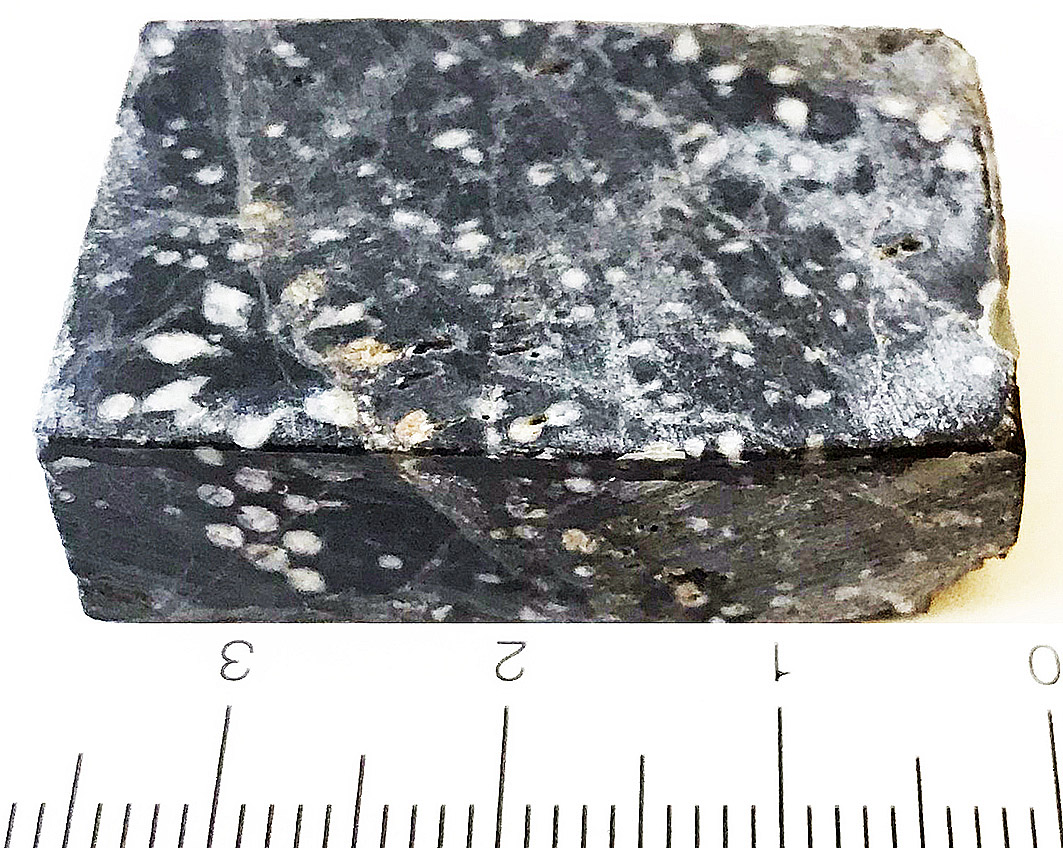UPPER TRIASSIC CALCAREOUS ALGAE FROM THE PANTHALASSA OCEAN
DOI:
https://doi.org/10.13130/2039-4942/13681Keywords:
Calcareous algae; Dasycladales; Bryopsidales; Rhodophyta; Upper Triassic; Panthalassa.Abstract
Upper Triassic calcareous algae, abundant and well-diversified in Tethyan deposits, have rarely been described in rocks of Panthalassan origin. Over the past ten years, several studies were performed on Upper Triassic carbonate deposits of Panthalassan affinity in North America, Japan and Far East Russia, revealing unexpectedly rich and diversified assemblages. The samples were collected from nine localities situated on both sides of the Pacific Ocean. The identified algal assemblage consists of green and red algae, including fourteen dasycladaleans, rare bryopsidaleans, and several rhodophyceans. This paper describes the main algal taxa, including six new species: Holosporella? rossanae Bucur & Del Piero n. sp., Holosporella magna Bucur & Fucelli n. sp., Griphoporella minuta Bucur & Peybernes n. sp., Patruliuspora pacifica Bucur, Del Piero & Peyrotty n. sp., Patruliuspora oregonica Bucur & Rigaud n. sp. and Collarecodium? nezpercae Bucur & Rigaud n. sp. Rivulariacean-like cyanobacteria and thaumatoporellacean algae are also present. The whole Panthalassan algal assemblage comprises both unknown (?endemic) and common taxa of the Tethyan domain. To explain the cosmopolitan distribution of various Upper Triassic benthic organisms scleractinian corals, calcified sponges, foraminifera), a close connection with the Tethys Ocean was hypothesized by different authors. During the Late Triassic, the Tethys was open to the east on the Western Panthalassa but not to the west, suggesting that Triassic calcareous algae were able to efficiently colonize environments that are estimated to be more than 10’000 km apart. An adventitious transport of calcareous algae and/or their spores is proposed to explain this long-range algal dispersal.
Metrics

Downloads
Published
Issue
Section
License
The journal allow the author(s) to hold the copyright without restrictions.






